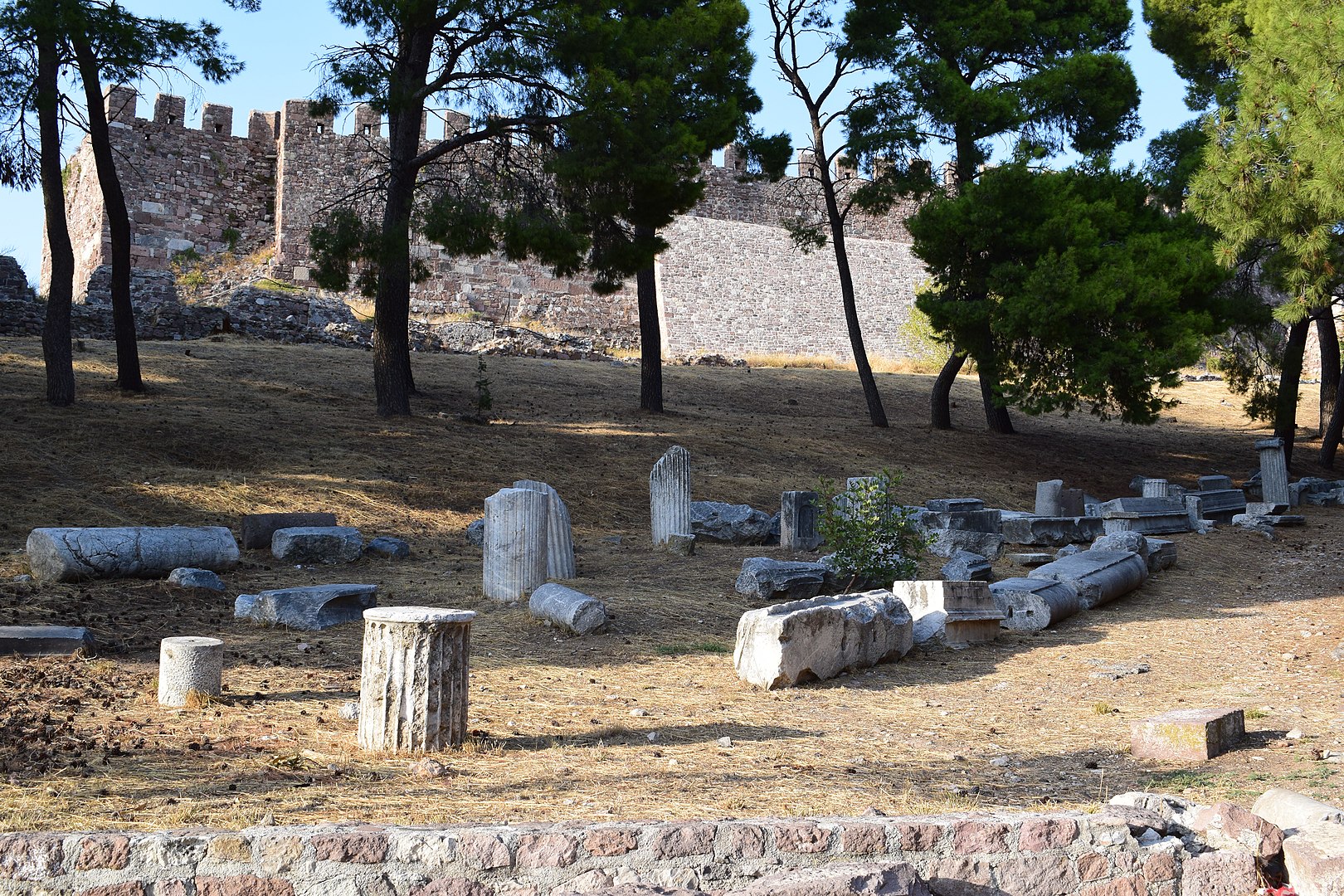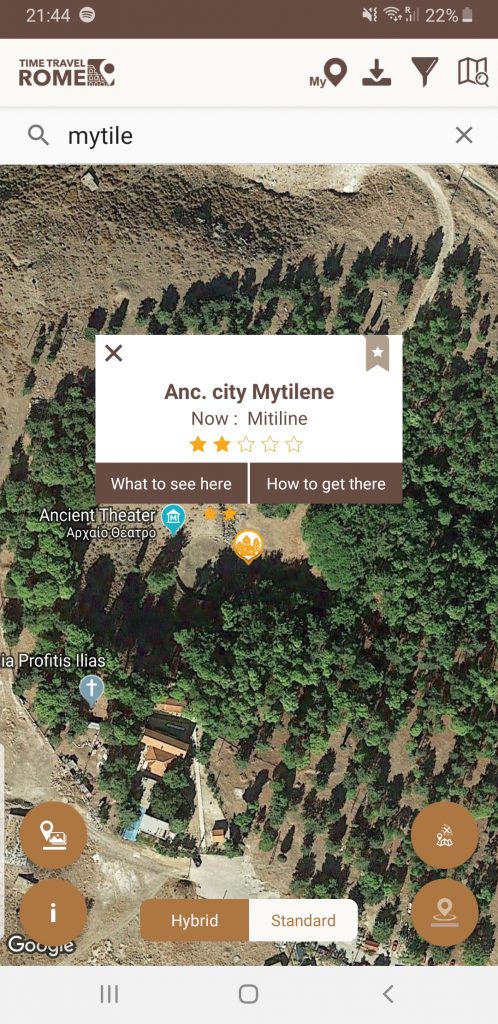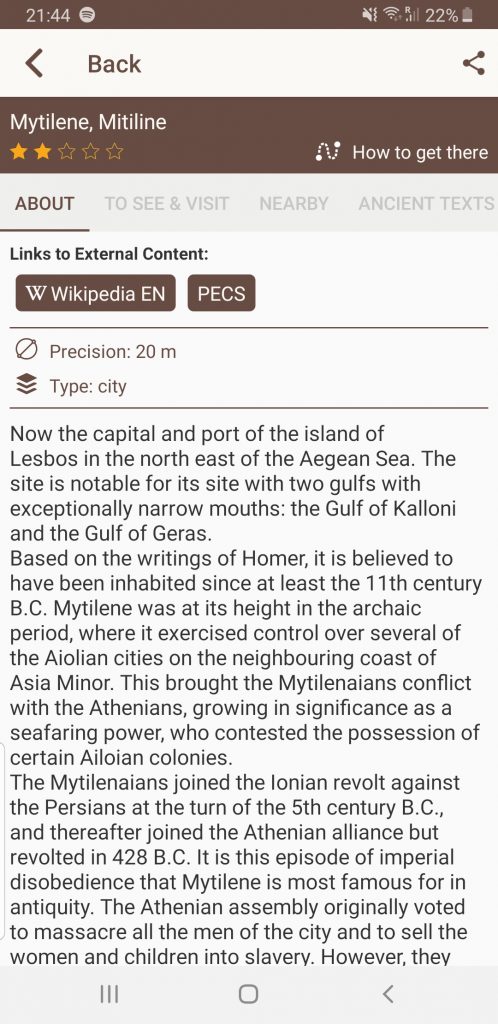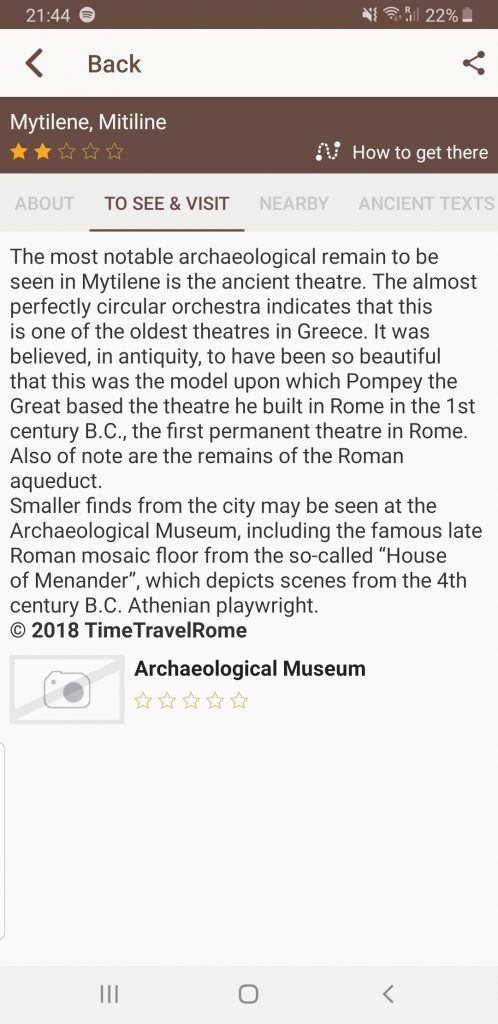“Augustus preferred no one to Herod besides Agrippa, and Agrippa made no one his greater friend than Herod besides Augustus.”
– Josephus, Antiquities of the Jews
In 23 B.C., a series of curious events took place. Despite their long and close friendship, Octavian, now known as Augustus, sent Agrippa away to govern the eastern province of Syria. It was an assignment that to some seemed tantamount to a gentle exile. Agrippa departed at once, but rather than proceeding to Syria, he sent his top lieutenant ahead while he stopped in Mytilene, staying there for almost two years and governing Syria by proxy. Was there some sort of tension between the two old friends? Or was Agrippa sent on a secret mission to Mytilene as a representative of his emperor?
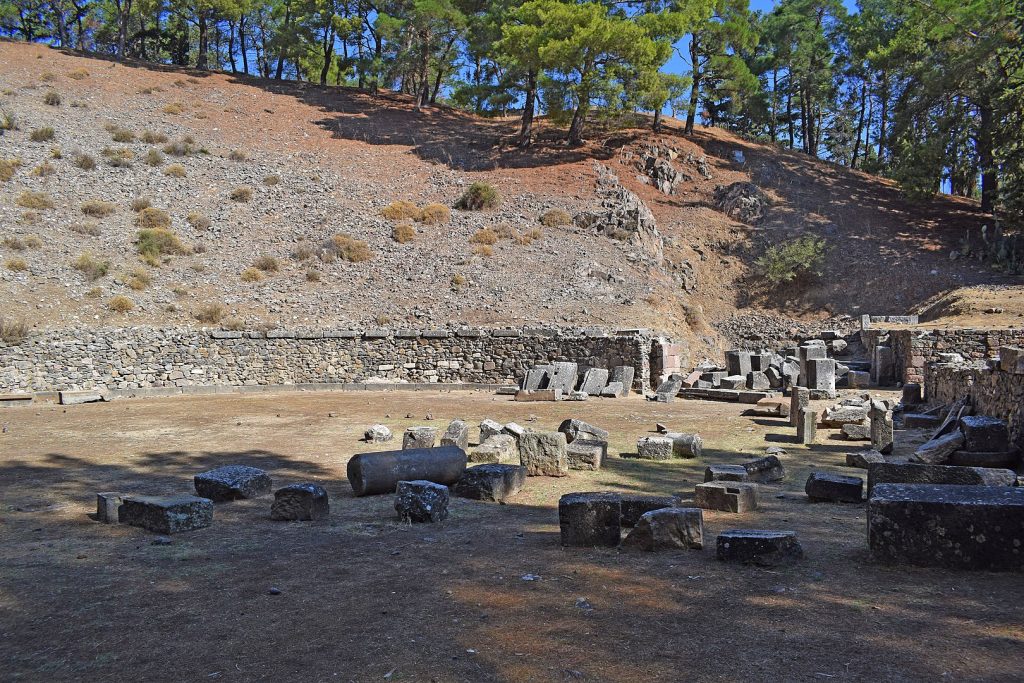
Rumors of Contention
The Roman rumor mill was quick to make assumptions when Agrippa left the city. Augustus’s young nephew Marcellus had been climbing in his uncle’s esteem, with Augustus seeming to groom the young man as his heir. The gossips whispered that Agrippa and Marcellus were not on friendly terms, and that Augustus, fearing that harsh words would arise between them, sent Agrippa away. However, there are a number of inconsistencies and questions associated with this version of events. Both Tacitus and Suetonius say that Agrippa left of his own free will, possibly in an attempt not to obstruct the growth of Marcellus’s career, or possibly in jealousy that Augustus seemed to be showing preference to the young man over Agrippa.
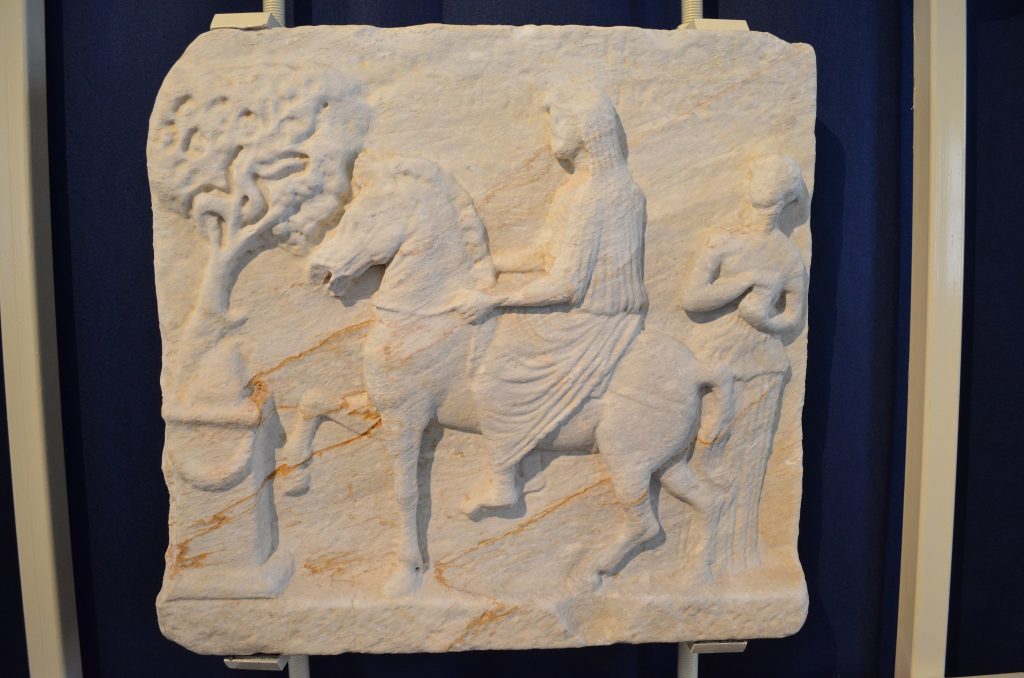
The jealously theory cannot easily hold water. Agrippa had long been Augustus’s closest friend, yet never showed an interest in politically overtaking his friend. Additionally, the two men were the same age, and therefore Agrippa as heir was not a particularly safe choice for Rome. Historian Velleius Paterculus, the earliest historian to write of this, expressly names the rumors of contention as just that, mere rumors. Recently, historians have begun to suspect that Agrippa was not exiled gently from Rome, but rather sent on a secret diplomatic mission under the pretext of conflict in the royal family. Josephus supports this theory, for he says nothing of the rumors, but rather claims that Agrippa was sent by Augustus to serve as the vice-regent of the eastern provinces, bearing proconsular power over the entire empire, making him effectively only subservient to Augustus himself.
The Mission at Mytilene
So that perhaps answers why Agrippa wasn’t sent to Mytilene, but still leaves the question as to what his secret mission might have been. It can only be answered with deductive speculation, but the timing of certain negotiations presents one possible answer. Two important Romans had made failed attempts to conquer the Parthians. Both Crassus and Antony suffered humiliating defeats in their campaigns, and the Parthians still held the spoils, and worse, the standards, of three Roman armies. The loss of a unit standard was a major disgrace for the Romans, both individually and collectively, and the empire chaffed to recover them.
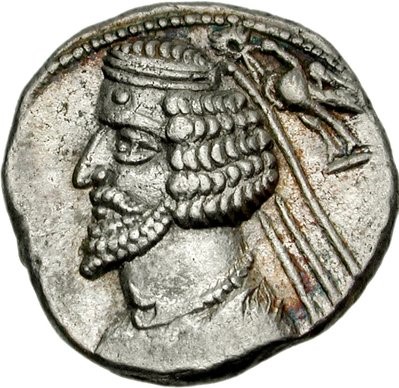
However, a protracted war with the Parthians, who had already proved themselves to be dangerous enemies, was not something Augustus felt he could safely begin. He remained frustrated, unable to retrieve the standards, until a fortunate opportunity arose. A man named Tiridates had staged a successful coup against the Parthian king and taken the throne, only to be later expelled by the rightful king. In the chaos of the overthrow, Tiridates had managed to abduct the youngest son of King Phraates, and now he brought the boy to Augustus, offering him as a valuable hostage as a sign of goodwill.
Here lies the possible answer to Agrippa’s mission. Augustus could hardly make the negotiation himself, for it would be a severe blow to his honor to be seen to be buying success. The perfect proxy was Agrippa, closest friend to the princeps, invested with extraordinary powers and dispatched to the east with numerous legates to run as messengers between his strategic, but still seemingly innocuous, base of operations at Mytilene and the Parthian court.
Meetings at Mytilene
Indeed, late in 23 B.C., Parthian envoys arrived in Rome to request the return of the king’s son and the surrender of Tiridates. Augustus would not hand over his guest, but he agreed to return the boy in exchange for the standards and Roman soldiers still held as prisoners of Parthia. All this time, Agrippa stayed quietly in Mytilene, ignoring the rumors of his dismissal and quietly serving as the ultimate right-hand man as he had always done.
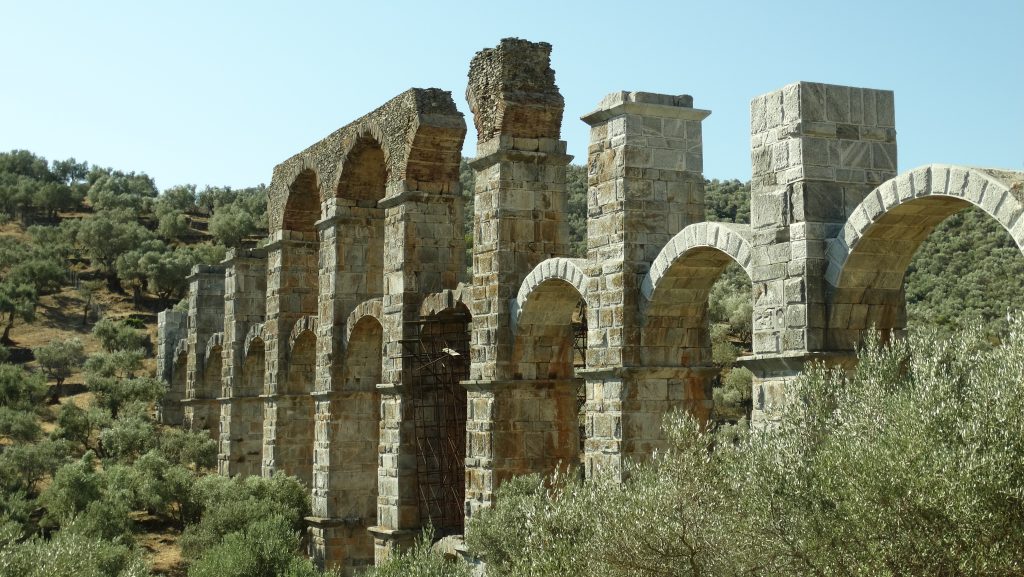
During his time on Mytilene, Agrippa was also cultivating yet another uniquely close friendship that would last his lifetime. Shortly after he settled on Mytilene, Herod the Great, King of Judea, came to call upon Agrippa and pay his respects. It is unclear whether the two had met previously, but may have encountered one another when Herod came before Augustus in 40 B.C. Now, visiting in the idyllic setting of Mytilene, the two men quickly developed a mutual respect and affection.
Though the sources do not record details of their interactions, it is not difficult to guess. Both men maintained a passion for building projects, and both had spent the last several years engaged in architectural projects and civic improvements. Herod was building a new city, named Sebaste, and had plans for work on Jerusalem and Caesarea. Herod returned from Mytilene with a number of ideas from Agrippa. Within a year he began a complete re-construction of the sewer system at Caesarea, and soon began the construction of Roman style aqueducts throughout Syria and Judea. The harbor that he built at Sebaste bears more than a passing resemblance to works done by Agrippa, such as the harbor of Portus Julius.
A Fast Friendship
Agrippa was recalled to Rome by Augustus in 21 B.C., and did not see Herod again for another six years. However, the friendship was solidly established. On one occasion, a group of representatives from the city of Gadara came to Agrippa to bring charges against Herod. Agrippa refused to even listen to them, and instead sent them to Herod in chains. He was also a staunch supporter of the rights of the Jewish client king and his subjects.
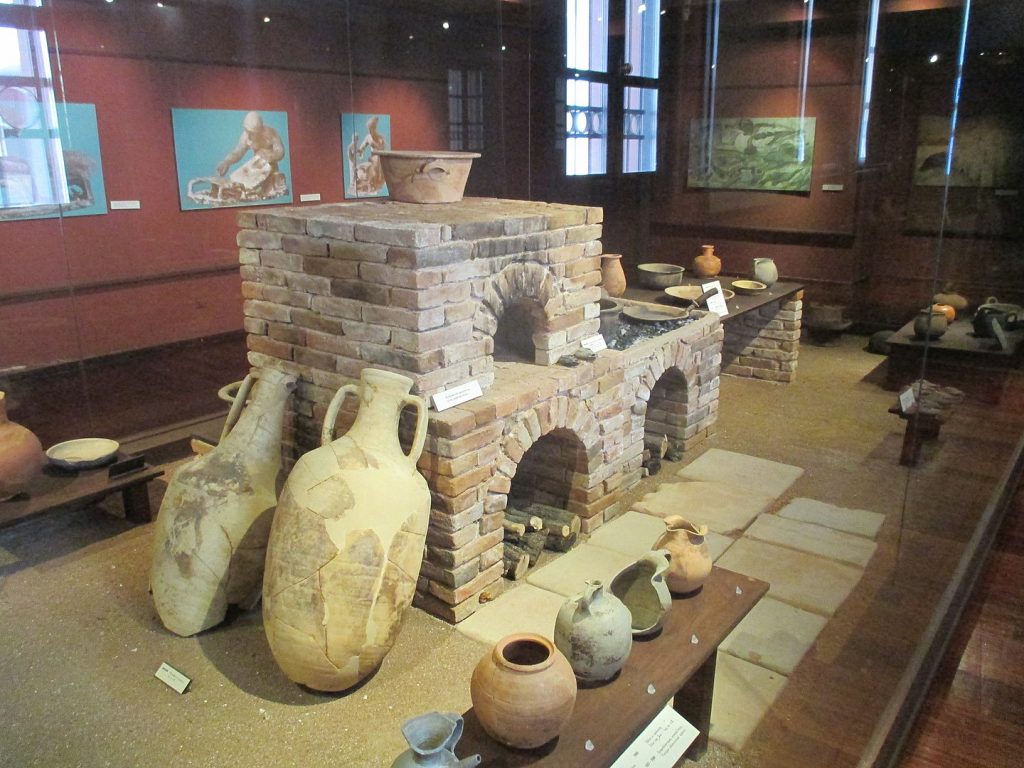
In 15 B.C., Herod invited Agrippa to join him in Judea, and he entertained his friend royally, as well as providing him with a personal tour of the kingdom, focusing on the building projects they had previously discussed and showing the many ways he had embraced Roman culture and structure. Agrippa was also shown the glory of Jerusalem, and observed the ceremonies at the Jewish Temple. He was greatly impressed, and responded with a gesture of his own, making a sacrifice to the god of Israel and providing a feast for the citizens, establishing himself firmly in their good graces as well.
The following year, when Agrippa was sent on an expedition to the Kimmerian Bosporos, Herod voluntarily joined him, surprising Agrippa, who was more than pleased to have him along. Herod served as Agrippa’s closest advisor and confidant on the campaign. They met one last time at Mytilene, when Herod entrusted Agrippa with taking his son to be educated in Rome. The friendship was definitely a genuine one, and had a lasting effect on Herod, for after the death of Agrippa, Herod renamed a city in his friend’s honor, and the name Agrippa was inserted into his family dynasty.
What to See in Mytilene now ?
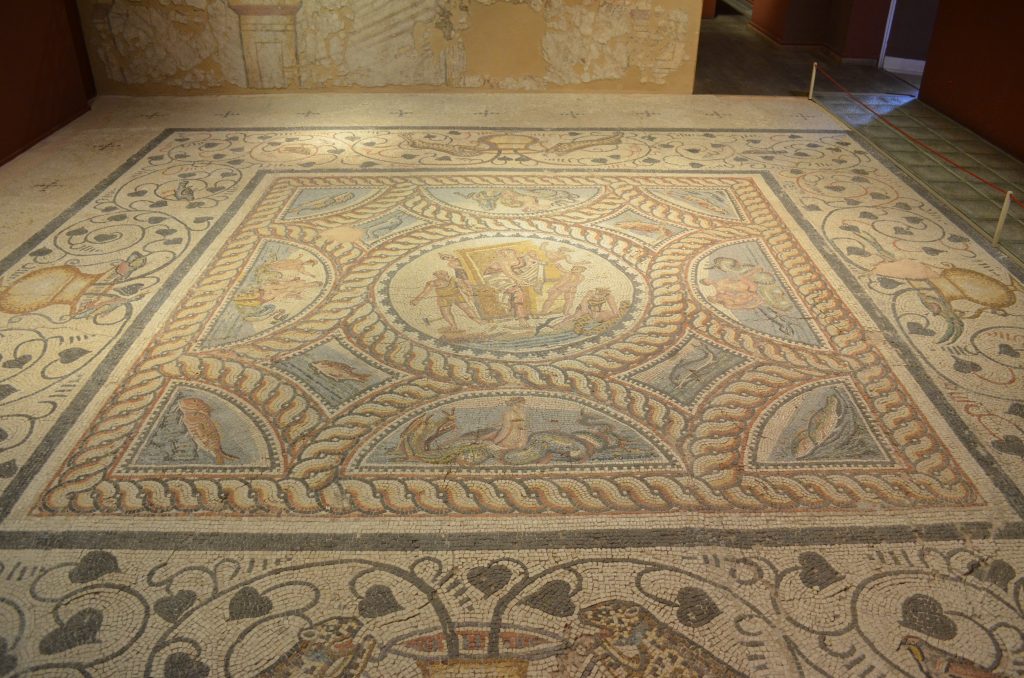
The most notable archaeological remain to be seen in Mytilene is the ancient theatre. The almost perfectly circular orchestra indicates that this is one of the oldest theatres in Greece. It was believed, in antiquity, to have been so beautiful that this was the model upon which Pompey the Great based the theatre he built in Rome in the 1st century B.C., the first permanent theatre in Rome. Also of note are the remains of the Roman aqueduct. Smaller finds from the city may be seen at the Archaeological Museum, including the famous late Roman mosaic floor from the so-called “House of Menander”, which depicts scenes from the 4th century B.C. Athenian playwright.
Mytilene on Timetravelrome App:
Sources: Josephus, Antiquities of the Jews; Nicholas of Damascus, Autobiography; Cassius Dio, Roman History; Tacitus, Annals; Suetonius, Life of Augustus; Velleius Paterculus, Roman History; David Magie Jr., “The Mission of Agrippa to the Orient in 23 B.C.,” in Classical Philology Vol. 3, No. 2 (Apr., 1908), pp. 145-152 – available on JSTOR.
Author: Written for Timetravelrome by Marian Vermeulen
Header image: Mytilene castle by ProtecTOR licensed under CC BY-SA 4.0
